Latest posts.
Image links to projects:
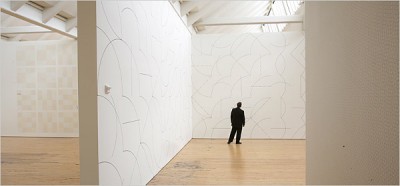
http://graphics8.nytimes.com/images/2007/04/20/arts/design/21lewi600.jpg
Drawing Series… by Sol LeWitt (Wall drawings at Dia: Beacon, NY)
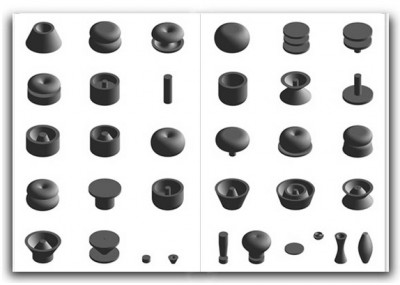
Univers Revolved by Ji Lee (Three-dimensional alphabet)
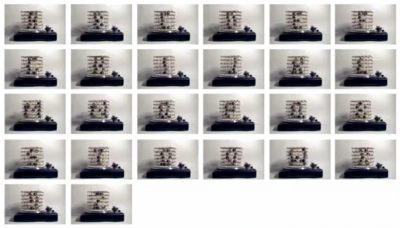
On/Off by Hoax (Series of typographic experiments)
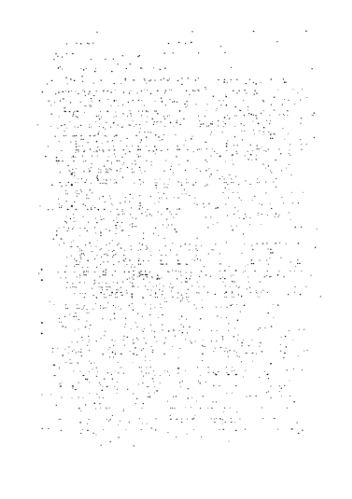
All The Dots, Document 1 by Alex Dipple (Conceptual Art)
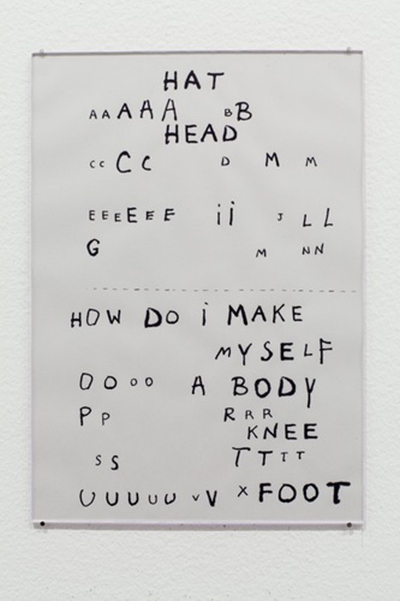
Projects 94 by Henrick Olesen (Installation at MoMA, NY)
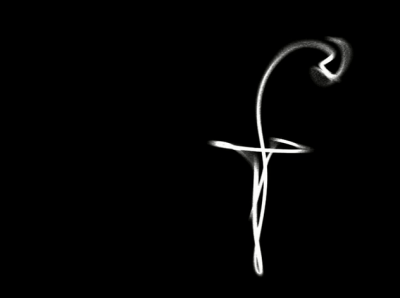
Letter Flow by Roi Sabarov (Four-dimentional typography)
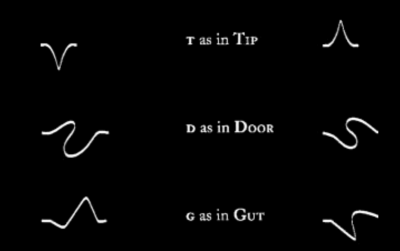
Takeluma by Peter Cho (Sound symbolic alphabet)
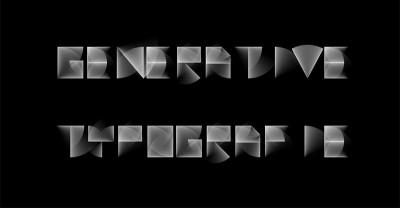
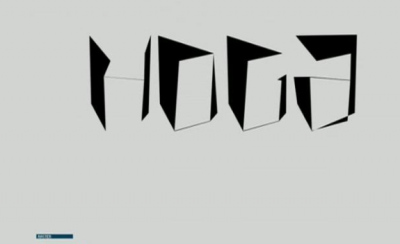
Generative Typografie at UoAS Mainz, Germany
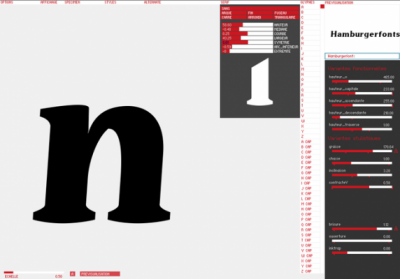
prototyp-0 by Yannick Mathey (Automated type design/ tool)
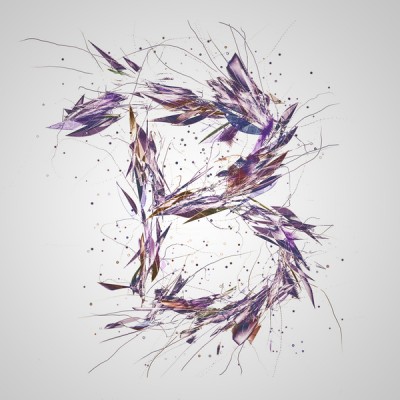
Process: Typeface by Randall Church (Generative Typography)
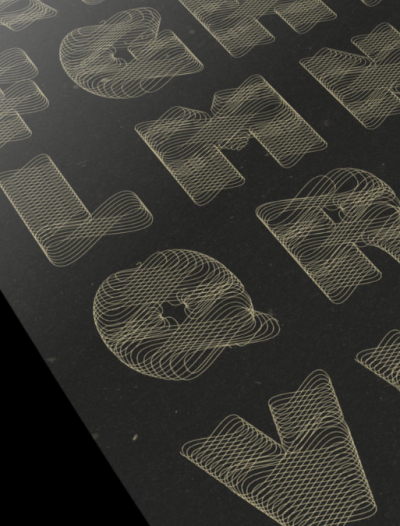
Lemniscate by Rosy Gorolova (Typeface)
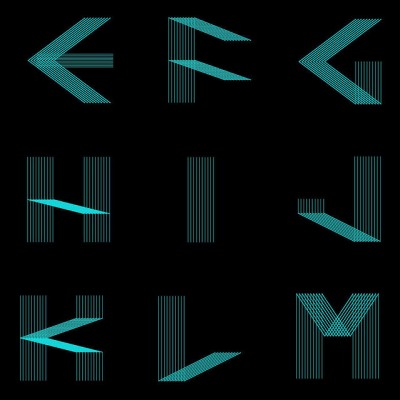
Processing: Font code2 by Capo Luiz (Computational Typography)
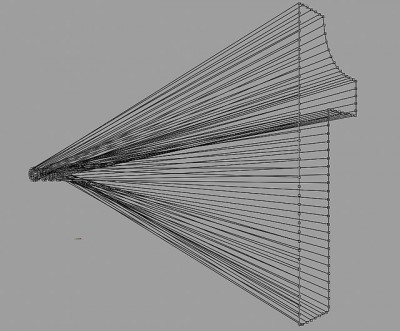
one=1 by onebyone gallery (Installation)
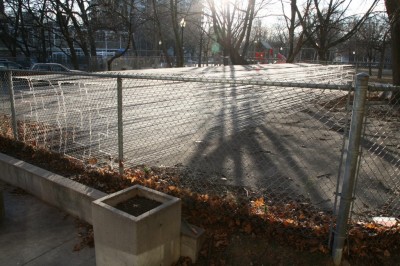
FREE by Sean Martindale (Installation)
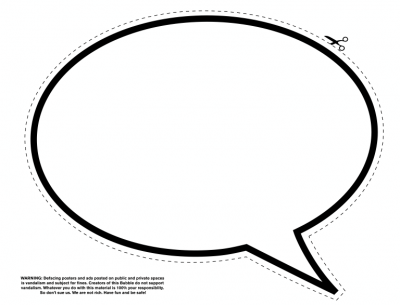
The Bubble Project by Ji Lee (Streetart)
Posted on September 12th, 2011.
Categories: Favorites, Generated, Installation, Interactive, Processing, Research, Tools, Writing.
...................................................................................................................................
Image links to projects:
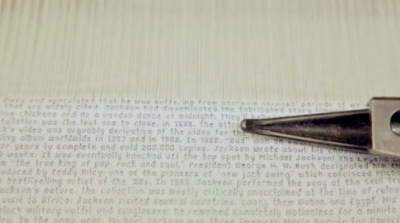
Font Of The Loom by Bertjan Pot (Woven typeface, Wikipedia text tablecloths)
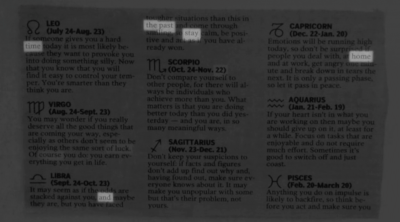
Illumination by Jack Kalish (Generative poetry installation)
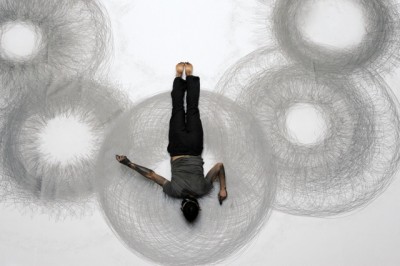
Penwald Drawings by Tony Orrico (The body as drawing tool)
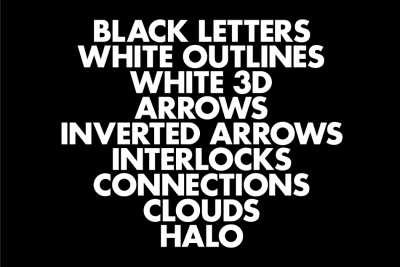
9 Steps To Perfection by Dennis Payongayong
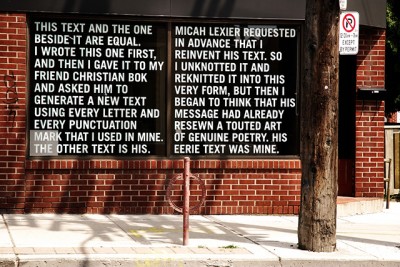
Collaboration between Micah Lexier and Christian Bok
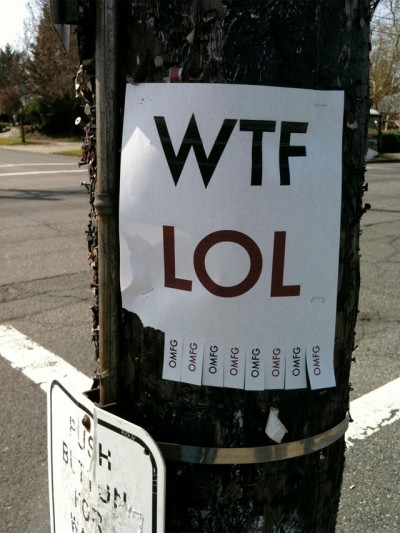
Useless Fliers by Josh Millard
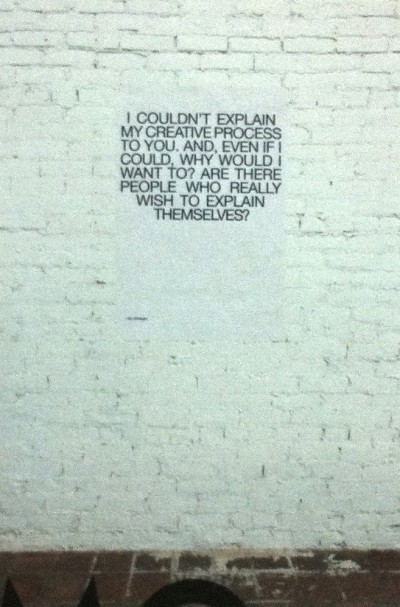
ReFusing Fashion by Rei Kawakubo
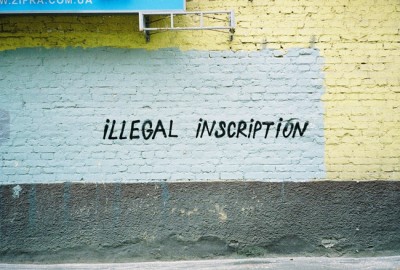
Spray on the wall by Sasha Kurmaz (Conceptual street art)
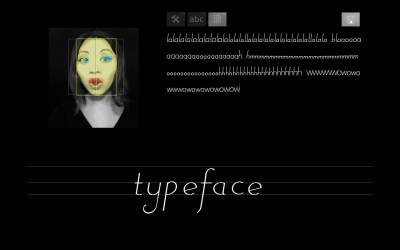
Typeface by Mary Huang (Generative type design)
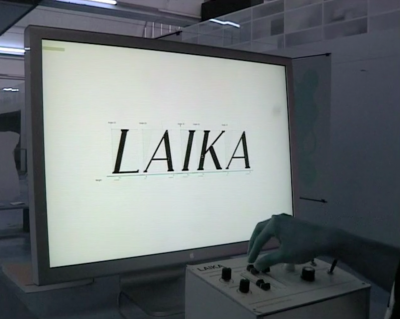
Laika by Nicolas Kunz and Michael Flückiger (Dynamic type design/ tool)
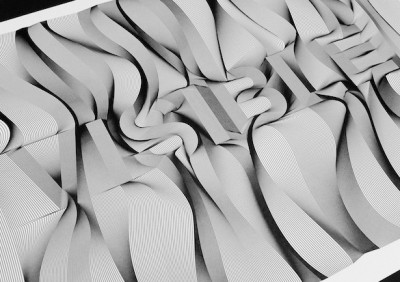
Good Typeface Is Invisible by cooee (Typographic poster design)
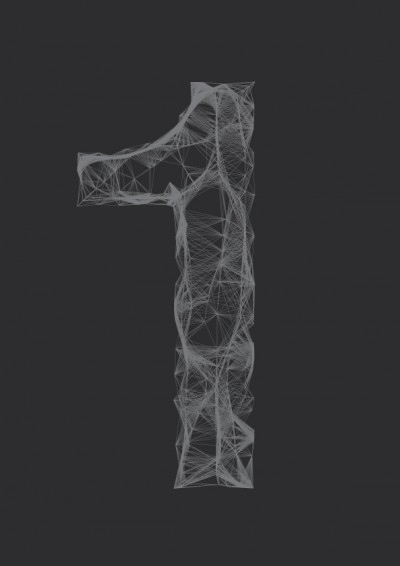
skNumber by Megumu Otani (Generative typography)
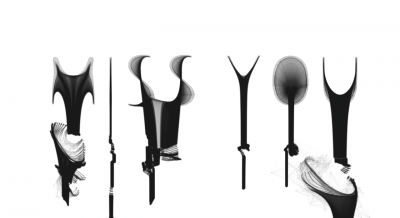
mis.shap.en.ness by Reza Ali (Generative typography)

Letter Mapping by Sam Ford (Generative Typography)
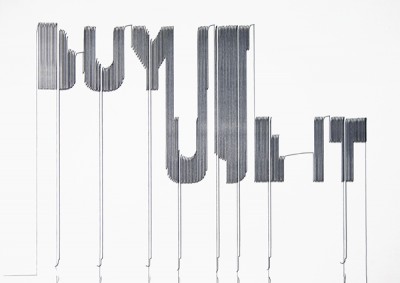
PenJet by Daniel Maarleveld, Jaan Evart, Julian Hagen (Printer head drawn type)
Posted on June 6th, 2011.
Categories: Favorites, Generated, Installation, Resources, Writing.
...................................................................................................................................
Image links to projects:
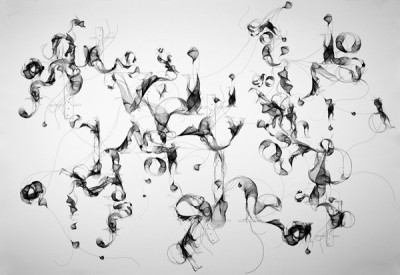
Lettering by Tania Alvarez
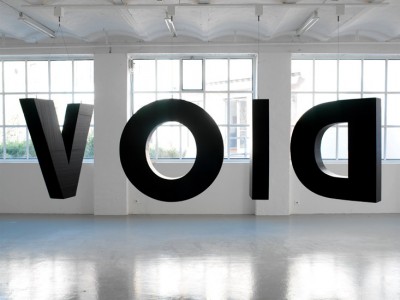
Typographic work by Christian Robert-Tissot
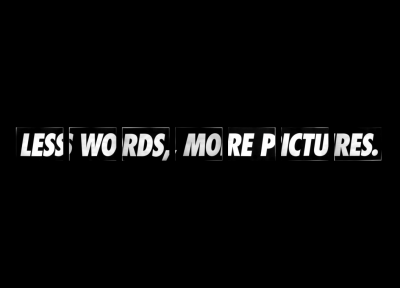
Paul Snowden at 7000WORDS
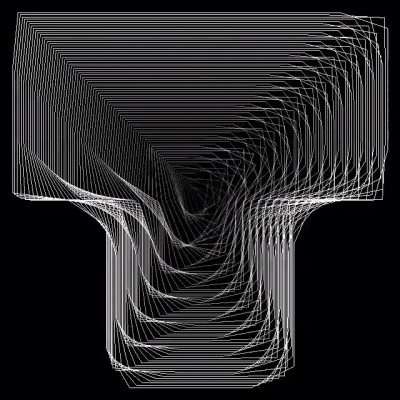
You’re Just My Type by Jonathan Brandel (inspired by TYPE+CODE and Pyramid Typeface)
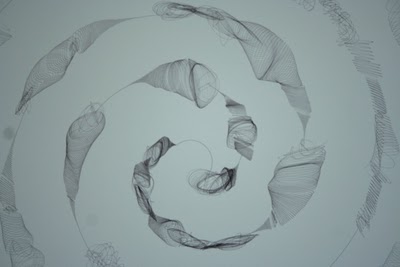
Spatial Vibration developed in Olafur Eliasson’s studio
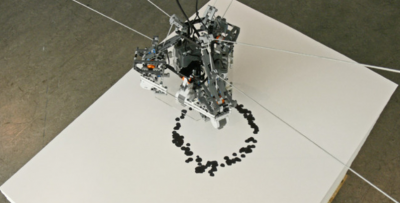
Roboter installation Dotje by Nils Völker and Christien Meindertsma
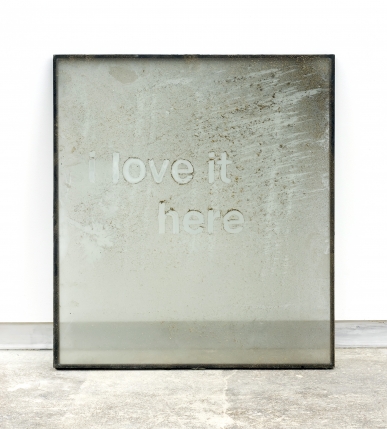
I love it by Ethan Breckenridge
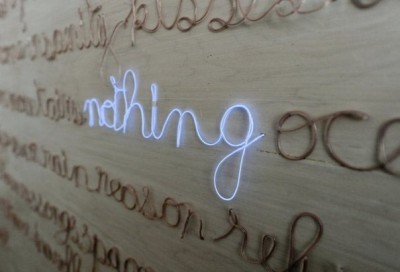
Neon clock by Mouna Andraos
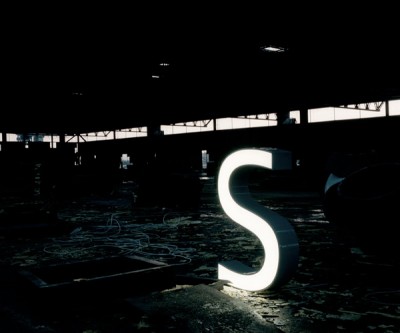
Character shop

Typographic film project Anthem for Absolut directed by Rupert Sanders
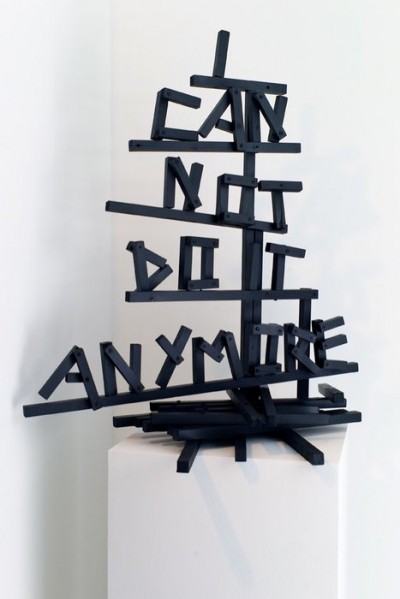
Wooden sculpture by Olaf Breuning
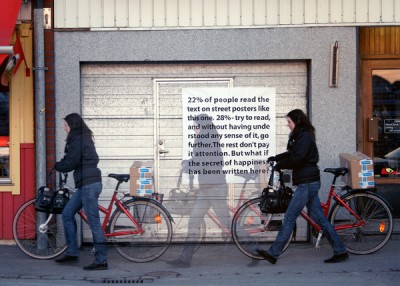
Public Poster Project by Egor Bashakov
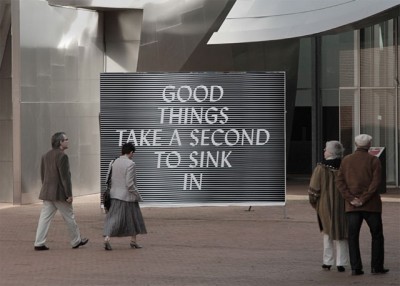
Billboards by Tim Rehm and Tim Sürken
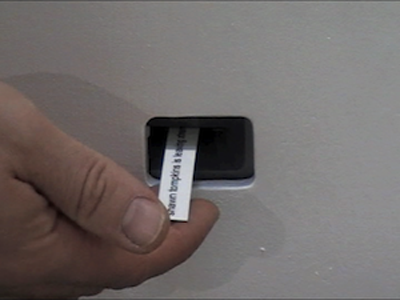
Various interactive typographic works by Jörg Piringer
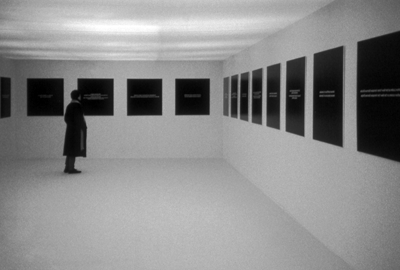
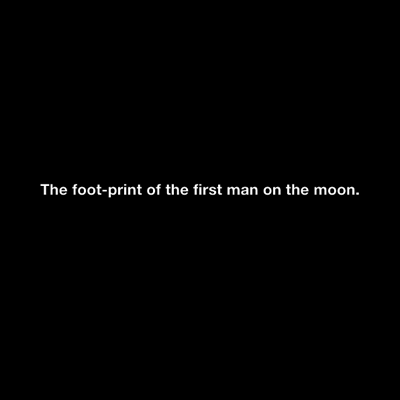
Pictures In Our Minds by Michael Schirner
Posted on August 13th, 2010.
Categories: Favorites, Generated, Installation, Interactive, Poster, Postscript, Processing.
...................................................................................................................................
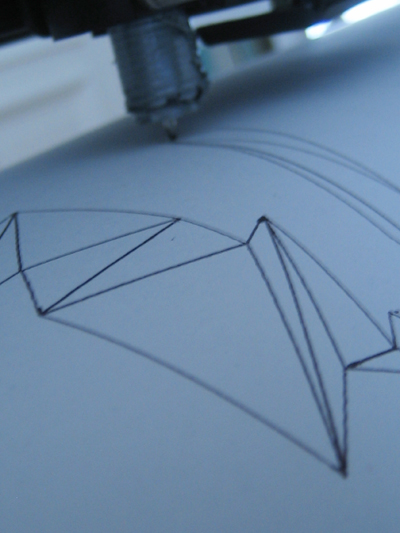
To unwrap polygons of a generated three-dimensional letter I implement an pdf-export that takes the distances between three ordered points in the 3D-space and applies trigonometric rules to calculate the angle between the first and second edge. With a series of transformations I draw each edge with the actual length and angle in 2D and close each triangle to get an printable two dimensional triangle-strip.
Posted on January 22nd, 2009.
Categories: News, Progress, Research.
...................................................................................................................................
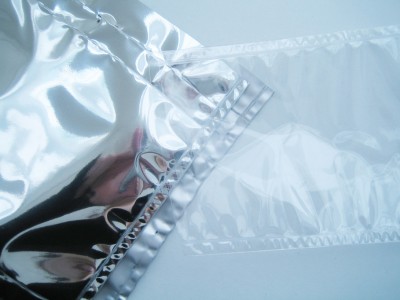
My favored material for inflatable structures would have been highly reflecting silver film. The one I tested is not suitable for welding though and wouldn’t be usable as screening surface neither.
Other plastics are easy to weld on the other hand. The process requires accuracy as there is no guidance on a common plastic welding machine…
Posted on January 3rd, 2009.
Categories: News, Progress, Research.
...................................................................................................................................
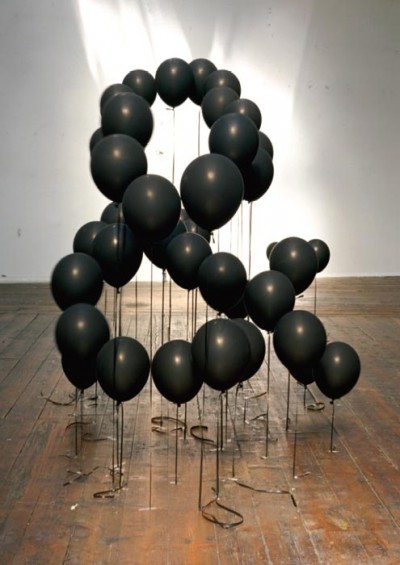
http://www.conoranddavid.com/images/large/000003A.jpg
by Conor&David
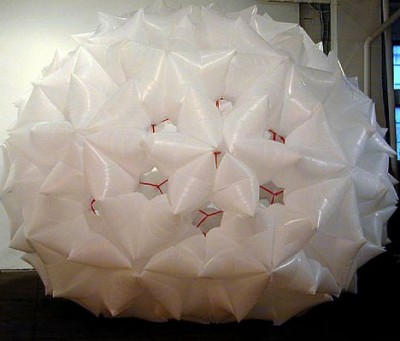
http://mocoloco.com/art/archives/steinhilber_apr_05.jpg
by Dan Steinhilber
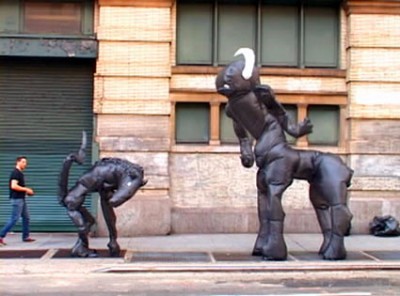
http://nymag.com/daily/entertainment/2008/07/video_street_artist_joshua_all.html
by Joshua Allen Harris
Dan Steinhilber works with all kinds of everyday materials and objects like trash-bags, bottles or paper-cloth-hangers. He uses them as modules or media to create abstract organic sculptures.
Street artist Joshua Allen Harris even brings his creatures made of garbage bags and tape to life.
He tapes them to a sidewalk grate and every time the subway passes the underground exhaust inflats and animates the sculpture that first just looked like ordinary trash on the street.
Posted on December 23rd, 2008.
Categories: Favorites, Inspiration, Installation, Research.
...................................................................................................................................
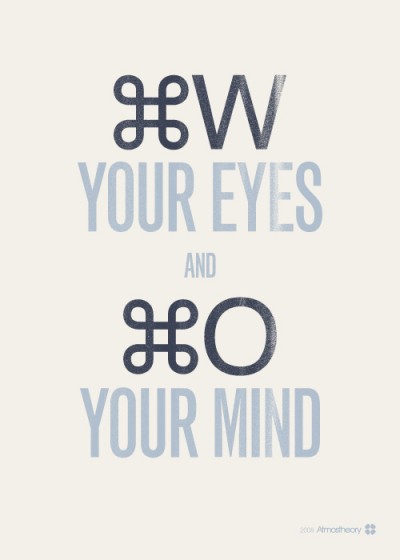
http://www.atmostheory.com/projects/commands/01.jpg

above: not funny at all - sort of funny - just humorous - funny but not ‘lol’ - genuinley funny - ‘lol’ - very funny - mockingly funny
Posted on December 22nd, 2008.
Categories: Poster, Research.
...................................................................................................................................
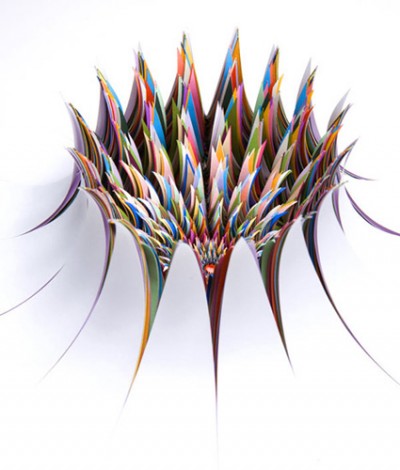
http://www.jenstark.com/sculpture_17.html
by Jen Stark
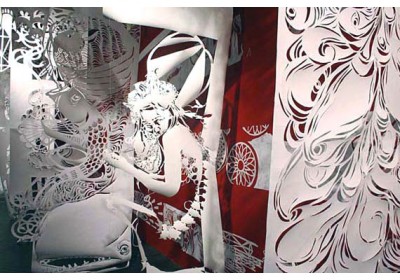
http://www.deitch.com/files/slideshows/swoon_work_5.jpg
by swoon
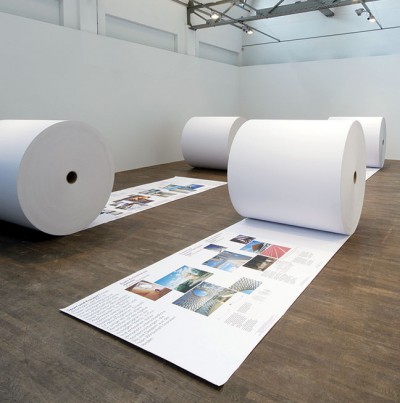
http://www.123buero.com/img/projects/PublicProjects/PublicProjects_06.jpg
by 123buero
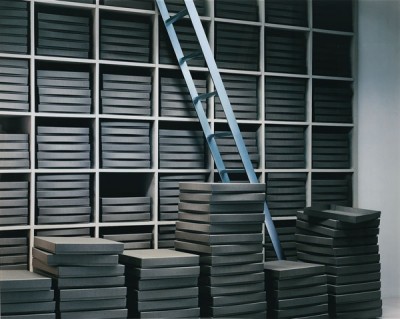
http://www.thomasdemand.de/
by Thomas Demand
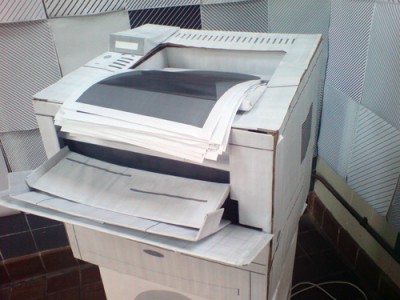
http://www.fredriksterner.com/Bildmaterial/odetolaserprinter/laser3.jpg
by Fredrik Sterner
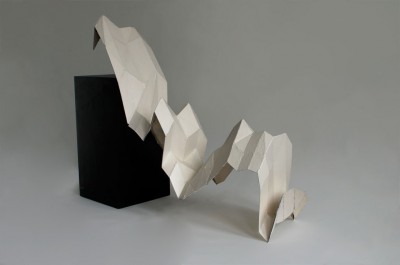
http://anfischer.com/wp-content/uploads/indizes/anfischer_indizes_1.jpg
by Andreas Fischer
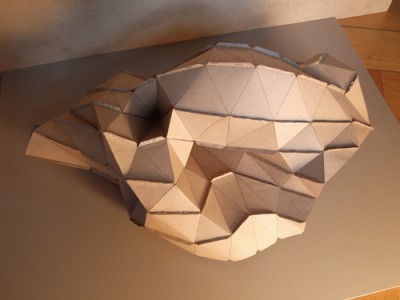
http://www.deffekt.ch/wordpress/wp-content/gallery/p8/p7181409.jpg
by Martin Fuchs / deffect
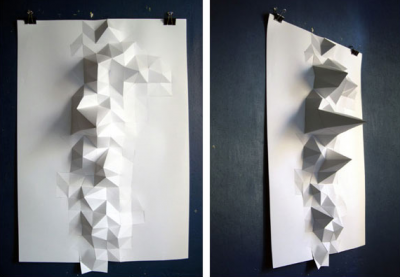
http://www.pierrevanni.com/portfolio.jpg
by Pierre Vanni
Paper sculpturing has become commonplace in contemporary visual culture. Paper is not only seen as planar two-dimensional canvas any more to write, print or draw on. It rather becomes an affordable and multi-functional material for uses such as building miniature models to sculpture surfaces and large scale objects. Artists using paper as their favorite medium come from very different fields. Swoon is part of an international street art scene but also gets featured in various galleries. On the street the decay of the material becomes part of the artwork what is not given in the gallery though. So location influences the aesthetics of her work.
In Thomas Demands photographic work, paper and location play a very different role. He uses paper to build exact models of locations that were specific happenings once took place. Lightning and perspective let the photographs look almost like reality.
The examples of Andreas Fischer and Martin Fuchs applied digital production methods and used data input to create specific shapes. Thus paper sculpture becomes a kind of physical representation of information graphs or mathematical calculation.
Robert Lang talks about Origami as art-form or form of sculpture which has been around for hundreds of years but totally changed it’s face once combined with mathematics. The mathematic rules of modern Origami however could be defined in simple four laws: The two colorability, at any interior vertex the ‘mountain-’ and ‘valley-folds’ always differ two, angles around a vertex sum up to a straight line and a sheet can never penetrate a fold (no self-intersection at overlaps).
These rules are as simple as an computer could understand them what makes Origami a mean of digital production, rapid prototyping and simulation not only in areas like science and technology.
To enable a kind of origami on demand Robert Lang developed ‘treemaker’ - a program to generate crease patterns after a given definition of a stick-figure-like version of one’s design. The basic principal of a crease pattern is to create as many flaps as needed for the final object so what ‘treemaker’ mainly does is to calculate and output the packing of circles on the sheet.
(www.ted.com/index.php/talks/robert_lang_folds_way_new_origami.html)
Posted on December 21st, 2008.
Categories: Favorites, Inspiration, Installation, Poster, Research, Theory.
...................................................................................................................................

One felt-pen isn’t even enough for one of my plots and some pens are more fitting than others, so the output is very unpredictable and also is the data within one graphic too much for processing on the plotter - that limits its usage decisively. Aesthetics are unique though…
Posted on December 16th, 2008.
Categories: Favorites, Poster, Progress.
...................................................................................................................................
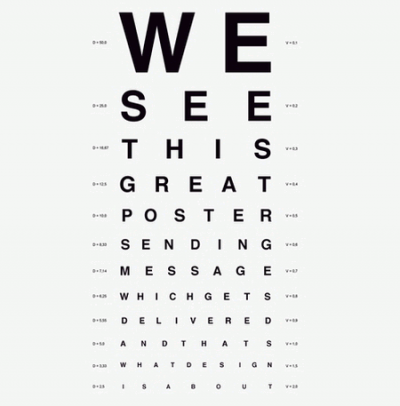
http://www.flickr.com/photos/presentday/2249802750/
by Piotr Fedorczyk
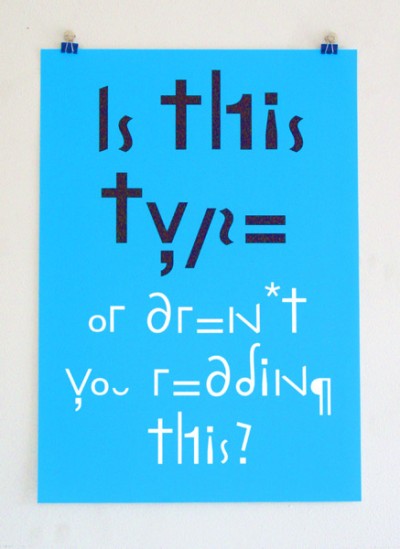
http://www.lennartwolfert.nl/posters/is-this-type/
by Lennart Wolfert
Posted on December 16th, 2008.
Categories: Poster, Research.
...................................................................................................................................































































